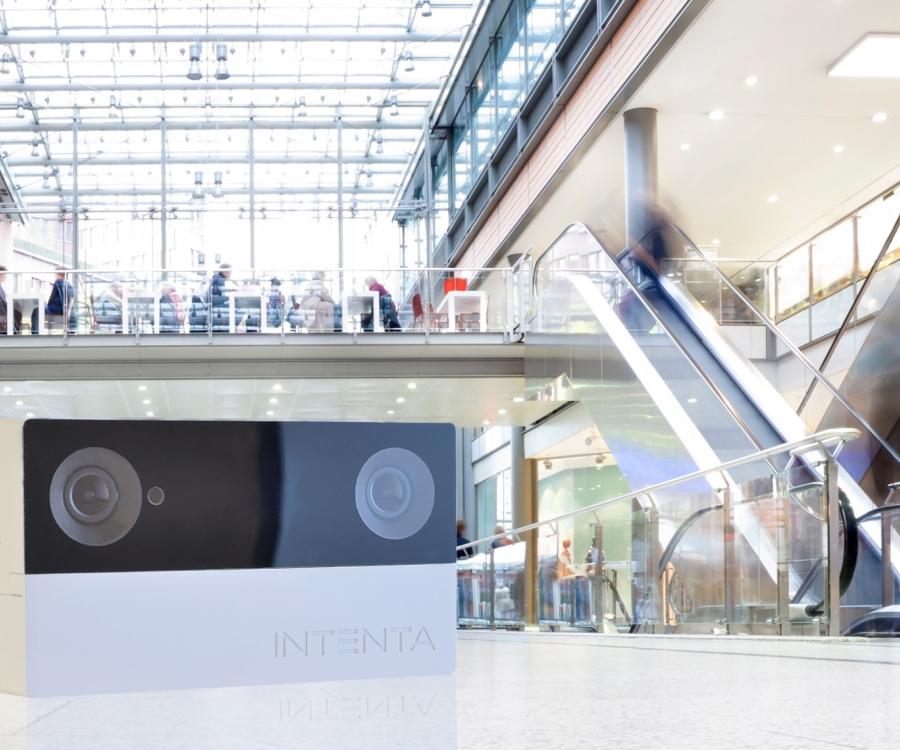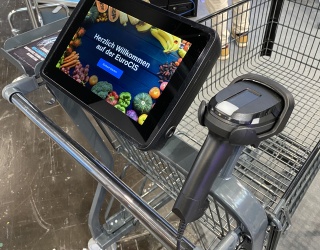
Data. Increasingly at the heart of every business, the ability to collect, analyze and derive actionable insights from multiple sources of data in real-time can be the difference between winning a customer or seeing them captured by the competition.
For retailers, providing an exemplary customer experience both online and offline is critical in attracting new customers and keeping existing ones. While digital visitors to an online retailer’s website can be closely tracked analyzed – and influenced through a tailored experience from their journey from site entry to purchase – until more recently retailers in the real world have struggled to access the same level of insight from data.
But the clear story we heard at NRF ’18 in New York earlier this year is that retailers are keen to deliver a seamless experience for customers across all channels – online and offline – and transform and optimize their in-store experience to play a key role in the customer journey. Indeed, research has shown how important people still regard the physical retail store to be, with nearly three-quarters of people still preferring to see and touch products before they purchase, and how a personalized in-store experience has a positive impact on customers.
Network cameras plus retail analytics equals insight
Similar to the web data available to online retailers, analytics software integrated into network cameras gives offline retailers insight into how consumers are behaving in the physical retail environment. This allows retailers to enhance the physical retail environment and experience in almost real-time to increase customer satisfaction, retention and, of course, rates of sales conversion.
Let’s look at six key areas where in-store video analytics can be used to optimize the in-store experience and create efficiencies.
- Visitors and in-store ‘stickiness’
Firstly, knowing how many people visit your store is as fundamental to brick and mortar retailers and website traffic is to online. People counting analytics gives an accurate view of physical ‘traffic’ into the store, the flow of people in and out of the store will provide average visit times, an important indicator in how good the overall experience is and also – as highlighted below – is useful in setting staffing levels required at peak times.
- Not only ‘how many?’, but ‘who?’
Knowing how many customers are in your store at any time is important to overall optimization, but deeper understanding of who they are allows for a highly-personalized customer experience. While there are important issues to consider in using video to recognize individuals, the ability to identify demographic information is incredibly useful. For instance, a retailer might see an older visitor during the working week, while weekends see millennials and younger customers visiting the store. Such insights allow for obvious opportunities in altering the in-store ambience.
- Allocating staff to peak times and locations
With staffing being one of the most significant costs to the physical retailer, managing staff levels throughout the day is central to overall profitability. However, too few staff can be seriously detrimental to customer satisfaction – customers won’t wait long for busy staff to become free to assist them and tend not to return when suffering a poor experience. Video analytics can provide occupancy rates throughout the day, helping retailer plan staffing levels, and also highlight when customers are leaving the store after a long wait for service. In addition, ‘heat maps’ that show where customers are dwelling in-store can point to locations where staff assistance can help, or where interactive displays will assist in answering customer questions.
- Audio’s role in a tailored customer experience and sales conversion
While network cameras with analytics gives valuable insight to the retailer, the addition of network audio allows for a dynamically tailored in-store experience. As one of our music partners, Soundtrack Your Brand, recently highlighted, music can have a significant impact on a customer’s propensity to buy. In addition, network speakers can allow for real-time announcements that can assist customers and move them along the journey to purchase.
- Lowering the barriers to conversion
We mention above how a poor experience through waiting for service can cause customers to leave the store, often never to return. But there are other aspects of service delivery that can lead to dissatisfaction. We can all relate to an off-putting queue at the checkout which – if perhaps we only have a few items – can cause a real-world basket abandonment and lost sales. Queue monitoring analytics is a simple way to deliver alerts that allow new checkouts to be opened, pressure to be alleviated, and purchases completed.
- Aggregated insights across the store network
Finally, for larger retailers, a key advantage of video analytics is to aggregate and compare data across the regional, national or international store network. In doing so, the vale of store optimization is amplified, while a consistently positive customer experience is delivered in line with the brand.










